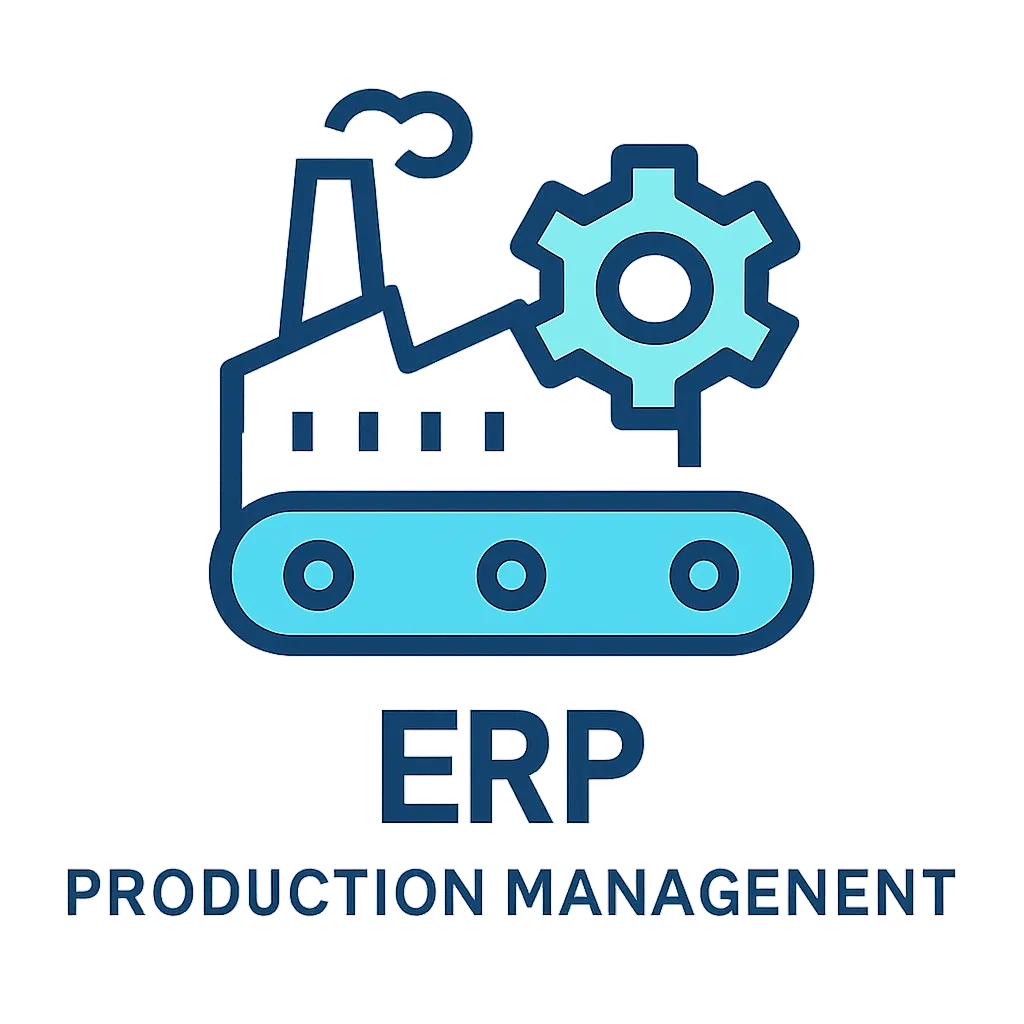Below is a comprehensive business plan for your eco-friendly coffee shop in Hanoi, designed to guide you through the startup phase and into profitability. I have structured the plan with clear headings for each section and used bullet points to detail key components. This plan incorporates your specific information and aligns with industry best practices.
Business Plan: EcoBrew - Sustainable Coffee Haven
1. Executive Summary
- Business Concept: EcoBrew is an eco-friendly coffee shop in Hanoi, Vietnam, focused on serving high-quality organic coffee in a zero-waste, sustainable environment. The shop aims to attract environmentally conscious young adults by offering a unique, green-centric coffee experience.
- Mission: To provide a sustainable and socially responsible coffee experience that promotes environmental awareness while delivering exceptional organic coffee and a welcoming ambiance.
- Key Objectives:
- Establish EcoBrew as the leading eco-friendly coffee destination in Hanoi within 2 years.
- Achieve break-even within 18 months of operation.
- Build a loyal customer base of environmentally conscious young adults (18-35 years old).
- Implement zero-waste practices across all operations, reducing environmental impact.
- Generate annual revenue of VND 2 billion by Year 2.
2. Market Analysis
2.1 Target Market
- Demographics: Young adults aged 18-35 in Hanoi, Vietnam.
- Psychographics: Environmentally conscious individuals who value sustainability, enjoy high-quality coffee, and seek trendy, socially responsible spaces to socialize or work.
- Geographic Focus: Urban areas of Hanoi, especially districts like Hoan Kiem, Ba Dinh, and Tay Ho, where young professionals and students congregate.
- Market Size: Hanoi’s coffee culture is booming, with a growing segment of eco-conscious consumers (estimated 15-20% of the young adult population, or approximately 500,000 potential customers).
2.2 Competitor Analysis
- Direct Competitors: Local and international coffee chains such as Highlands Coffee, The Coffee House, and Starbucks, which dominate with convenience and brand recognition but lack a strong focus on sustainability.
- Indirect Competitors: Small, independent cafes offering unique experiences but not necessarily eco-friendly practices.
- Competitive Advantage (EcoBrew’s USP):
- Organic, sustainably sourced coffee beans.
- Zero-waste operations (compostable packaging, reusable cups with incentives).
- Sustainable interior design using recycled materials.
- Community events focused on environmental education.
2.3 Industry Trends
- Rising Demand for Sustainability: Increasing consumer preference for eco-friendly products, with 60% of Vietnamese millennials willing to pay a premium for sustainable brands (Nielsen Report, 2022).
- Coffee Culture Growth: Vietnam is the second-largest coffee exporter globally, and domestic consumption is growing at 8% annually.
- Digital Engagement: Young adults in Hanoi heavily rely on social media for discovery and reviews, necessitating a strong online presence.
- Health Consciousness: Growing interest in organic and healthier beverage options among the target demographic.
3. Marketing and Sales Strategies
3.1 Branding and Positioning
- Brand Identity: EcoBrew stands for sustainability, quality, and community. The brand will use earthy tones, eco-friendly materials, and a modern aesthetic to reflect its values.
- Positioning Statement: “EcoBrew: Sip sustainably with organic coffee in a zero-waste haven.”
3.2 Marketing Strategies
- Digital Marketing:
- Build a strong presence on Instagram, TikTok, and Facebook with visually appealing content showcasing the shop’s sustainability efforts and coffee quality.
- Partner with eco-influencers in Hanoi to promote the brand to the target audience.
- Run campaigns like “#EcoSipChallenge” encouraging customers to share photos of reusable cups for discounts.
- Community Engagement:
- Host monthly workshops on sustainability (e.g., composting, upcycling) to build a loyal community.
- Partner with local environmental NGOs for events and initiatives.
- Launch Promotion:
- Offer a 20% discount on the first purchase for customers who bring their own cups during the first month.
- Free eco-friendly tote bag with purchases over VND 200,000 during opening week.
3.3 Sales Strategies
- Pricing Strategy: Premium pricing to reflect organic, high-quality offerings, with prices 10-15% higher than competitors (e.g., VND 60,000 for a latte vs. VND 50,000 at typical cafes).
- Loyalty Program: “Green Sips Club” offering points for using reusable cups or participating in eco-events, redeemable for free drinks.
- Product Offerings: Organic coffee (hot and cold brews), plant-based milk options, eco-friendly pastries, and signature sustainable merchandise (reusable cups, straws).
4. Financial Projections
4.1 Startup Costs
- Total Initial Investment: VND 1.5 billion (assumed based on fixed costs and market research for a mid-sized cafe in Hanoi).
- Breakdown:
- Lease and Renovation (sustainable design): VND 600 million.
- Equipment (coffee machines, furniture): VND 400 million.
- Initial Inventory (organic coffee, packaging): VND 150 million.
- Marketing and Launch Events: VND 100 million.
- Miscellaneous (licenses, permits, staff training): VND 250 million.
4.2 Income Statement (Year 1 Forecast)
- Revenue: VND 1.2 billion (based on 200 daily customers, average spend of VND 60,000, operating 300 days).
- Cost of Goods Sold (COGS): VND 480 million (40% of revenue for organic coffee and supplies).
- Gross Profit: VND 720 million.
- Operating Expenses:
- Rent and Utilities: VND 300 million.
- Staff Salaries (5 employees): VND 240 million.
- Marketing: VND 120 million.
- Miscellaneous: VND 60 million.
- Total Expenses: VND 720 million.
- Net Profit/Loss (Year 1): VND 0 (break-even not reached in Year 1).
4.3 Cash Flow Forecast (First 18 Months)
- Monthly Cash Outflows: Approx. VND 60 million (operating expenses and COGS).
- Monthly Cash Inflows: Starting at VND 40 million (Month 1) and scaling to VND 80 million by Month 12 as customer base grows.
- Cumulative Cash Position: Negative VND 300 million by Month 6, stabilizing by Month 12, and turning positive by Month 18 with a surplus of VND 100 million.
4.4 Break-Even Analysis
- Break-Even Point: Achieved at Month 18.
- Units to Break Even: Approx. 250,000 cups of coffee sold over 18 months (based on average price of VND 60,000 and total fixed costs of VND 1.5 billion).
- Daily Sales Needed: 460 cups/day by Month 18 (realistic as customer base grows with marketing efforts).
5. Action Plan and Milestones
5.1 Timeline (12 Months to Launch, 18 Months to Break-Even)
- Months 1-3: Pre-Launch Preparation
- Secure funding and finalize business registration/licenses.
- Identify and lease a location in a high-traffic area of Hanoi (e.g., Hoan Kiem or Tay Ho).
- Design and renovate the shop with sustainable materials.
- Months 4-6: Setup and Sourcing
- Purchase equipment and set up the shop.
- Establish supplier contracts for organic coffee and eco-friendly packaging.
- Hire and train staff on zero-waste practices and customer service.
- Months 7-9: Marketing Build-Up
- Launch social media accounts and build online presence.
- Collaborate with local influencers and environmental groups for pre-launch buzz.
- Finalize menu and test products with focus groups.
- Month 10-12: Launch
- Grand opening event with promotions and community workshops.
- Monitor customer feedback and adjust offerings as needed.
- Months 13-18: Growth Phase
- Scale marketing efforts to increase foot traffic to 200+ daily customers.
- Introduce seasonal drinks and expand merchandise line.
- Achieve break-even by Month 18 with consistent revenue growth.
5.2 Key Milestones
- Month 3: Lease signed and renovation started.
- Month 6: Shop setup complete, staff hired.
- Month 10: Pre-launch marketing campaign peaks with 5,000 social media followers.
- Month 12: Official opening with 100+ daily customers.
- Month 18: Break-even achieved, targeting VND 80 million monthly revenue.
6. Conclusion and Next Steps
This business plan outlines a clear path for EcoBrew to become a leading eco-friendly coffee shop in Hanoi, leveraging the growing demand for sustainability among young adults. The focus on organic coffee, zero-waste practices, and community engagement positions EcoBrew uniquely in a competitive market. Financial projections indicate a break-even point within 18 months, supported by a realistic timeline and actionable milestones.
- Immediate Next Steps:
- Secure the initial investment of VND 1.5 billion (if not already available) through personal funds, loans, or investors.
- Begin location scouting and legal registrations.
- Develop a detailed marketing calendar for pre-launch and launch phases.
This plan is adaptable and can be refined as market conditions or financial variables evolve. With disciplined execution, EcoBrew has the potential to not only succeed financially but also make a meaningful environmental impact in Hanoi.
Inputs used
Comprehensive Business Plan Development
Create a detailed business plan with executive summary, market analysis, strategies, financial projections, and action plan
Prompt body







